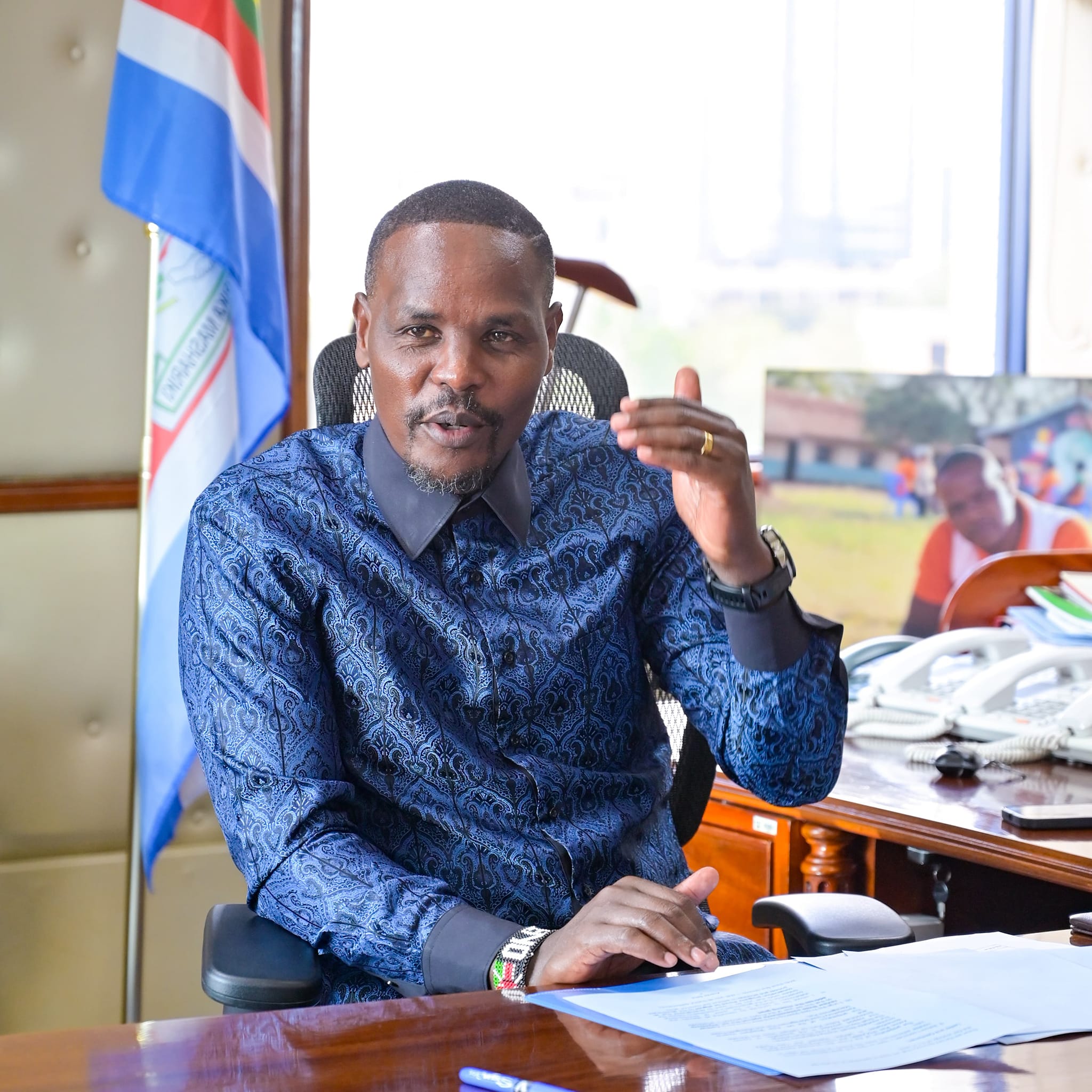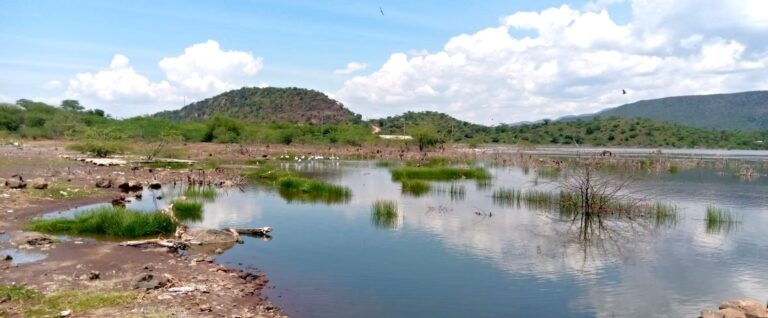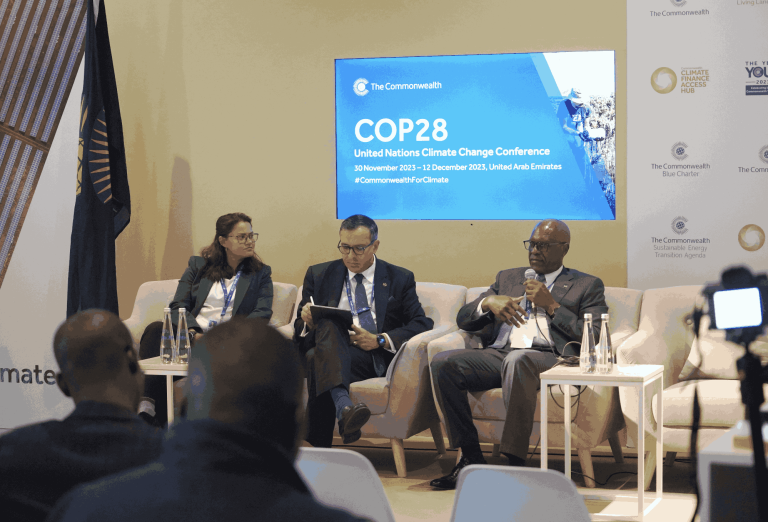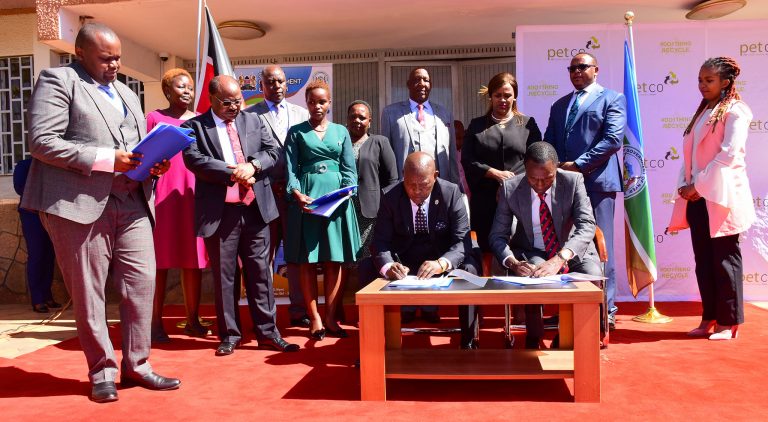Landscape restoration in arid and semi-arid lands is a priority for the Kenyan Government as demonstrated through through the various ongoing interventions according to Environment and Climate Change Principal Secretary Dr. Eng. Festus K. Ng’eno.
“The government seeks to restore 5.1 million hectares by 2030 through AFR100 and the Bonn Challenge, while implementing a 15 billion tree growing programme to achieve over 30% tree cover by 2032”.
PS Ng’eno spoke during a hybrid session of the 6th Project Steering Committee Meeting of the GEF Restoration of Arid and Semi-Arid Lands of Kenya through Bio-Enterprises Development and Other Incentives Project.
Kenya is party to several multilateral environmental agreements, including the UNCBD and UNFCCC, and the Glasgow Leaders Commitment of COP 26, aiming to combat forest loss and land degradation. Kenya is also among 11 countries under The Restoration Initiative (TRI), supported by the Global Environment Facility, tackling environmental degradation and deforestation.
TRI for Kenya aims to address deforestation, land degradation, and biodiversity loss through community-led forest and landscape restoration and alternative livelihood development.
Dr. Eng. Ng’eno thanked the Global Environment Facility (GEF), the Food and Agriculture Organisation (FAO) which is the implementing agency, and KEFRI (the executing agency on behalf of the Ministry) for steady stewardship of the project since 2018.
At the same time, the PS applauded County Governments of Laikipia, Isiolo and Marsabit as well as Northern Rangelands Trust (NRT), Laikipia Wildlife Forum (LWF), Ilmamusi Community Forest Association in Mukogodo, and Wazee wa Manzingira in Mount Kulal for their roles in the initiative.








